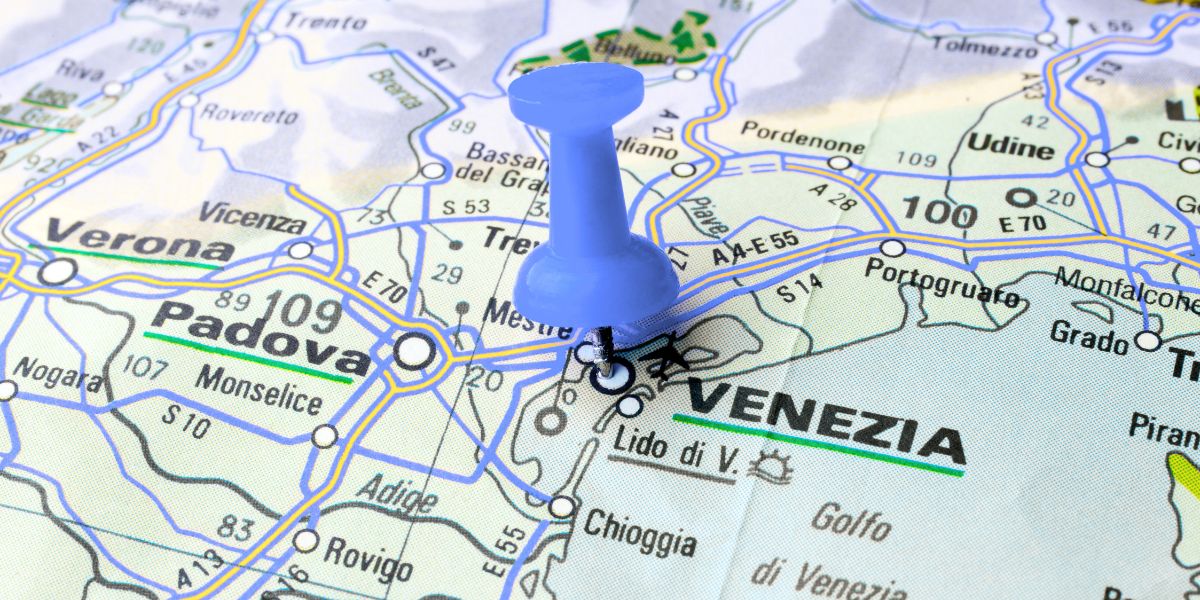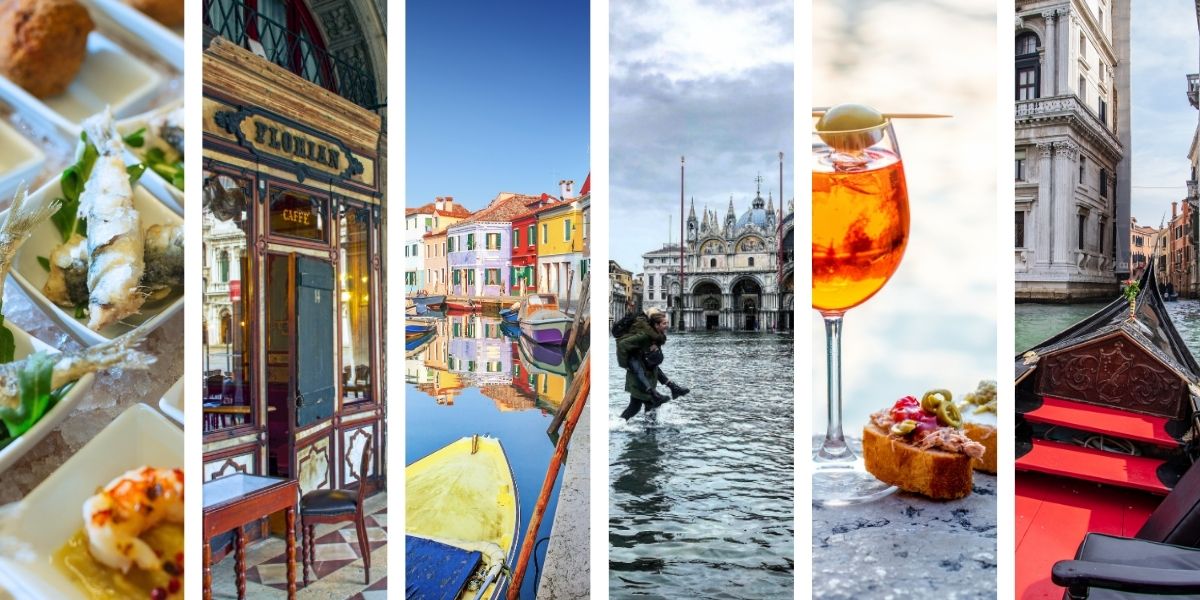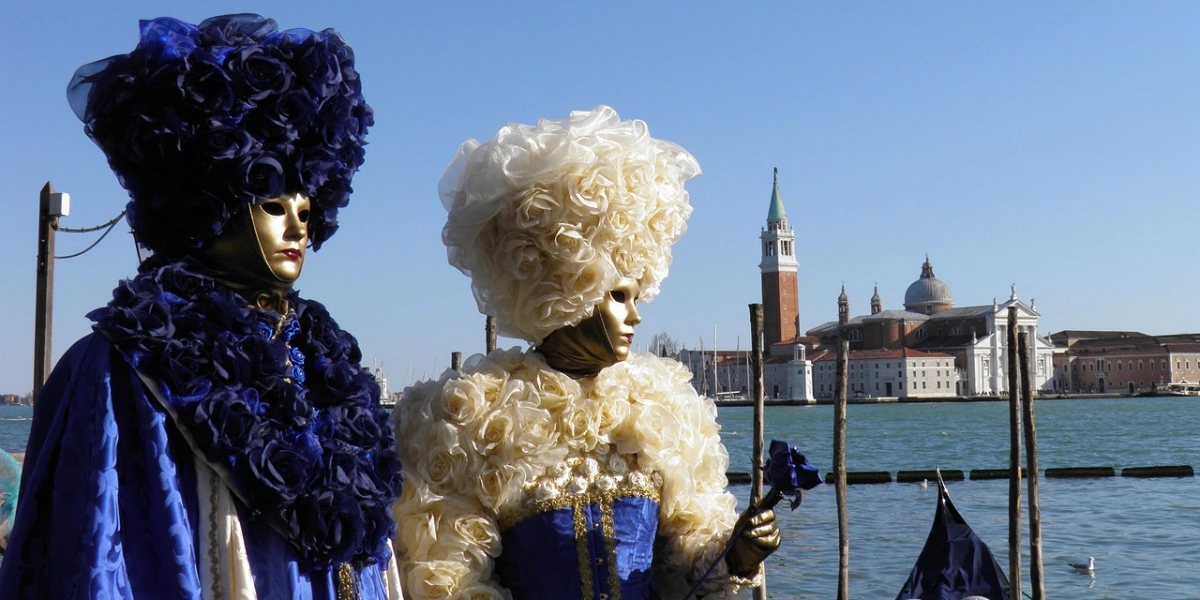How to get to Venice and move around the city: a practical guide

How to get to Venice
Understanding how to get to Venice is the first step to planning a stress-free trip. Venice is unique: you cannot drive within the city and all inner streets are pedestrian. That’s why it’s important to know the main access points beforehand.
Arriving by car
If you travel by car, you must stop before entering the city. The options are Piazzale Roma, the last area accessible to vehicles, or the island of Tronchetto. Both offer dedicated, secure car parks designed for visitors who leave their car here. Alternatively, you can park in Mestre and continue by train or bus, often a more economical choice.
Arriving by train
The train is one of the most convenient and scenic ways to get to Venice. Crossing the Ponte della Libertà (Liberty Bridge), the only link between the mainland and the city, you’ll enjoy views of the lagoon with water surrounding the tracks and the skyline of Venice approaching. Santa Lucia station opens directly onto the Grand Canal, offering a spectacular first glimpse of the city.
Arriving by plane
Venice is served by two main airports:
- Venice Marco Polo Airport (VCE), the closest one, about 13 km from the city. You can reach Venice in several ways:
- ACTV bus line 5 or ATVO Express: both connect the airport to Piazzale Roma in about 20–25 minutes.
- Private water taxi: more expensive, but fast and direct to your accommodation.
- Alilaguna: boat services linking the airport to various lagoon stops, including Ferrovia (Railway Station).
- Treviso Canova Airport (TSF), about 40 km from Venice, often used by low-cost airlines. ATVO shuttles run directly to Piazzale Roma in roughly 1 hour.
Arriving by bus
Buses from many nearby cities arrive at Piazzale Roma, the main hub between the mainland and the lagoon.
For guests staying at Albergo Marin, the location is a real advantage: just a few minutes from Piazzale Roma and Santa Lucia station, making arrival simple so you can start your visit right away.
How to move around Venice
Once you arrive, understanding how to move around Venice is essential to enjoy the city to the fullest. With no cars allowed, getting around happens on foot or on the water.
ACTV vaporetto (waterbus)
The vaporetto is Venice’s public transport. Lines 1 and 2 run along the Grand Canal: the former stops frequently, the latter is faster with fewer stops.
Single tickets cost about €9.50 and are valid for 75 minutes, which isn’t convenient if you plan multiple rides. That’s why ACTV offers tourist travel cards with unlimited rides on vaporetti and ACTV buses (mainland and Lido):
- 1 day (24 hours): €25
- 2 days (48 hours): €35
- 3 days (72 hours): €45
- 7 days: €65
It’s best to buy them online via the official VeneziaUnica portal: you skip queues, get valid titles, and activate them only at the first validation. Note that some special services, such as Alilaguna to/from the airport, have separate fares.
Walking
Venice is a city made for walking. Calli (lanes), campi (squares) and bridges offer authentic views, and often the quickest route is precisely on foot. Comfortable shoes and a touch of curiosity are essential.
A local tip about how Venetians walk: in all calli people keep to the right-hand side, just like on a traffic lane. This simple habit helps the flow and prevents bottlenecks. Walking isn’t only practical: it’s the best way to catch everyday life — the historic shops, markets, small gestures of residents. Look up every now and then: above modern signs lie frescoes, Gothic windows and architectural details telling centuries of stories. And imagine that the same perspectives were already seen by merchants and travellers in the 1600s and 1700s.
Gondola traghetto
Beyond the four main bridges over the Grand Canal (Scalzi, Rialto, Accademia and Calatrava), there are the gondola ferries (“da traghetto”). These are larger gondolas, rowed by two gondoliers, shuttling from bank to bank.
Main crossing points include:
- Santa Sofia (between Ca’ d’Oro and Rialto)
- San Tomà (near the Scuola Grande di San Rocco)
- Santa Maria del Giglio (towards St Mark’s)
- Riva del Vin / Riva del Carbon (by Rialto)
- Dogana (near Punta della Dogana and the Gallerie dell’Accademia)
The fare is just a few euros per person — a practical and authentic way to cross the Grand Canal where there are no bridges.
Practical tips
Visiting Venice takes a bit of planning, but with a few precautions your stay becomes much smoother. If you arrive by car, Tronchetto and Piazzale Roma provide safe parking, while Mestre can be a cheaper option. If you stay several days, an ACTV 24, 48 or 72-hour pass is more convenient than single tickets and lets you move around freely. It’s always wise to plan airport transfers in advance, especially for early morning or late evening flights. And give yourself time to walk: it’s the most authentic way to discover Venice, breathe its daily life and enjoy unexpected views.
Thanks to its central location, Albergo Marin makes it easy to get around the city: the nearest vaporetto stop is Ferrovia, just a 5-minute walk away. Despite being close to the main hubs, the hotel is in a quiet area — perfect to unwind after a day exploring Venice.



